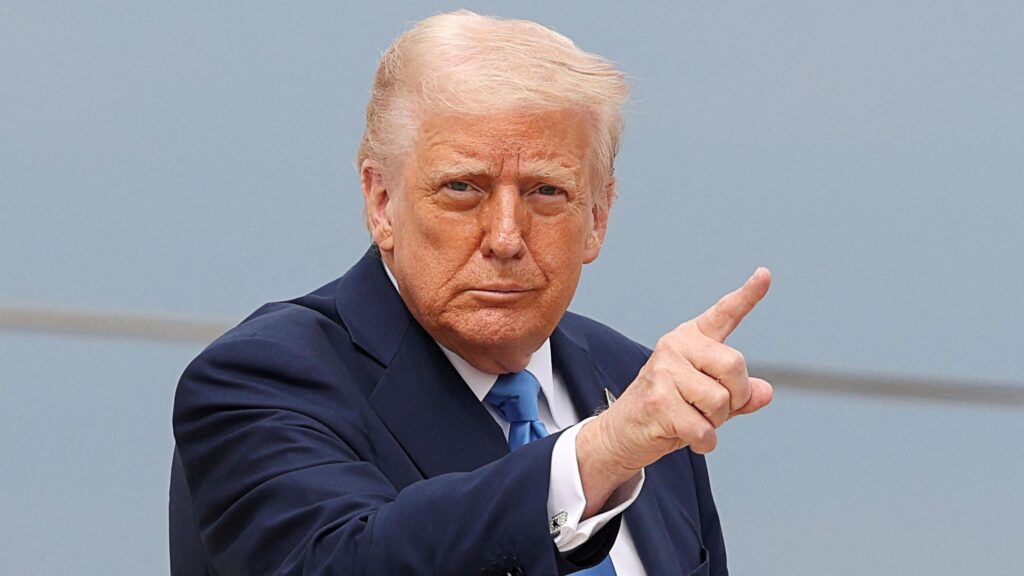
In a landmark move, sweeping tariff reforms have been introduced to redefine the contours of U.S. trade policy. With the announcement of a minimum 10% tariff on all exports entering the United States, the administration seeks to shift the dynamics of global trade. Specific measures include a 20% tariff on European Union exports and a 34% levy on Chinese goods. The bold agenda, unveiled in a public address, has been described as a significant step to prioritize American industry and manufacturing.
According to the administration, these reciprocal tariffs are aimed at addressing what they believe are imbalanced trade agreements that have hindered the growth of domestic industries. The goal is to create a more self-reliant manufacturing sector, reducing dependency on imports and fostering economic independence. However, these policies have also sparked debates about their potential consequences for the global economy.
Financial markets have felt the tremors, with uncertainty surrounding the tariffs affecting stock prices and consumer confidence. Economists have voiced concerns about the long-term implications, including the possibility of a global economic slowdown. In response to these measures, the European Union has stated its readiness to counteract, emphasizing its significant leverage in trade and technology negotiations.
As this new trade landscape unfolds, businesses and policymakers across the globe will closely monitor its impact. Whether this approach will lead to a resurgence in American manufacturing or trigger unforeseen challenges remains to be seen. One thing is clear: the future of global trade is entering uncharted waters.



